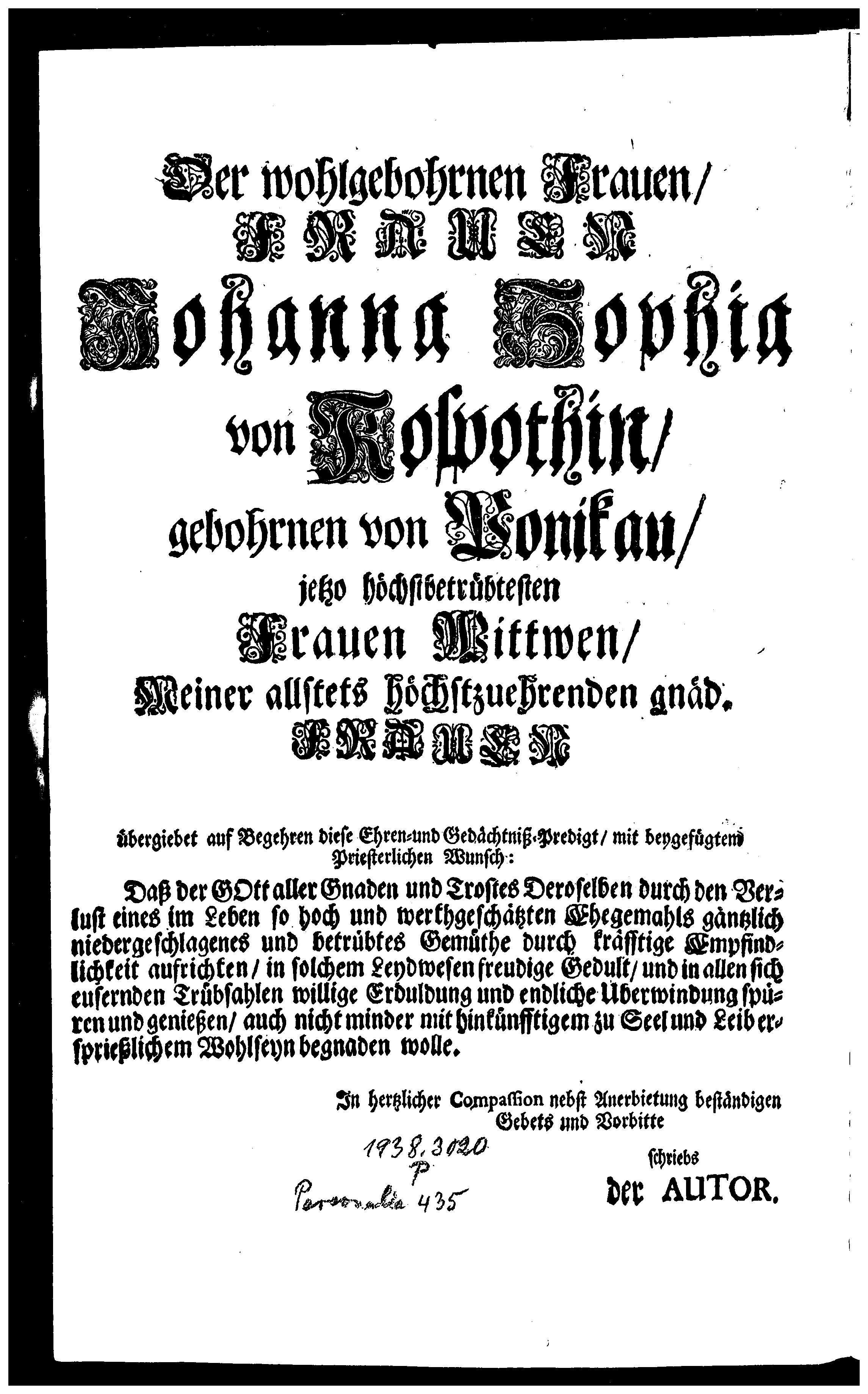| .circleci | ||
| .github/workflows | ||
| repo | ||
| sbb_binarize | ||
| .gitignore | ||
| .gitkeep | ||
| .gitmodules | ||
| CHANGELOG.md | ||
| LICENSE | ||
| make.sh | ||
| Makefile | ||
| ocrd-tool.json | ||
| README.md | ||
| requirements.txt | ||
| setup.py | ||
Binarization
Binarization for document images
Examples




Introduction
This tool performs document image binarization using a trained ResNet50-UNet model.
Installation
Clone the repository, enter it and run
pip install .
Models
Pre-trained models in HDF5 format can be downloaded from here:
https://qurator-data.de/sbb_binarization/
We also provide a Tensorflow saved_model via Huggingface:
https://huggingface.co/SBB/sbb_binarization
With OCR-D, you can use the [Resource Manager](Tensorflow SavedModel) to deploy models, e.g.
ocrd resmgr download ocrd-sbb-binarize "*"
Usage
sbb_binarize \
-m <path to directory containing model files \
<input image> \
<output image>
Images containing a lot of border noise (black pixels) should be cropped beforehand to improve the quality of results.
Example
sbb_binarize -m /path/to/model/ myimage.tif myimage-bin.tif
To use the OCR-D interface:
ocrd-sbb-binarize -I INPUT_FILE_GRP -O OCR-D-IMG-BIN -P model default
Testing
For simple smoke tests, the following will
-
download models
-
download test data
-
run the OCR-D wrapper (on page and region level):
make model make test